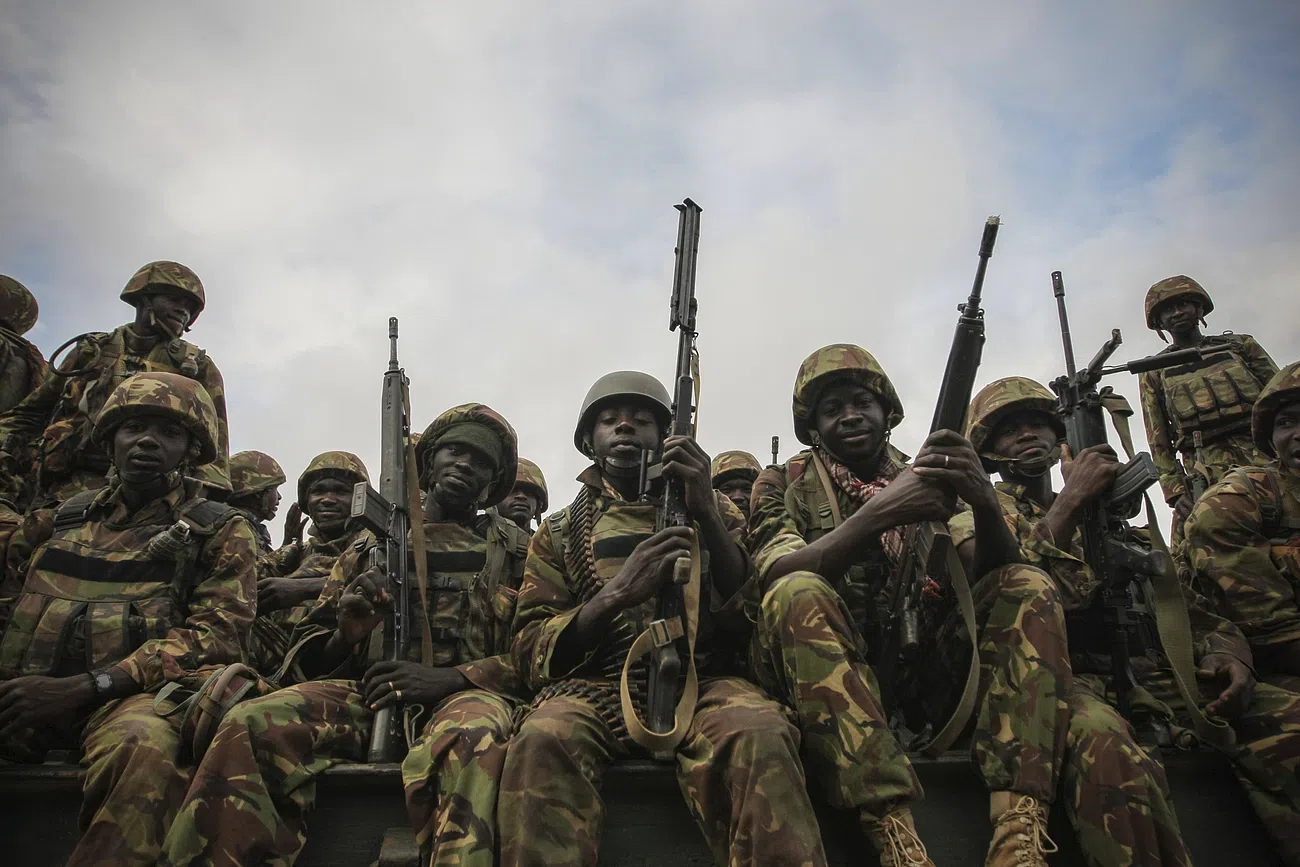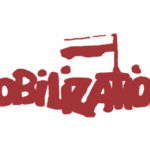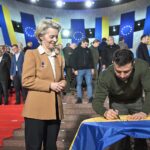The data from the Peace Research Institute Oslo were presented
at the “War, Peace and World Order” summer school

What is the trend in armed conflicts around the world? Siri Aas Rustad, from the Peace Research Institute in Oslo, presented data on conflict trends gathered by the The data are gathered by the Uppsala Conflict Data Program at the Summer School on War, Peace and the World Order.
Before watching at the data, it is important to have a definition of what an armed conflict is. Definitions are needed to decide what data to include and what to exclude, they are rigid and will always miss something – the participants at the school had some objections to it, in particular on the timeline proposed on “colonial wars”, cfr chart below. – but are necessary to structure and analyze data and to give a picture that can be completed with more speficic analysis on singular cases or pattterns.
The data Aas Rustad presented are based on the International law definition
Internation law:
The definition adds a few more indicators:
This the picture we have today using these definitions is as such: there have never been so many conflicts since 1987. Before 1990s most of the wars where proxy wars (USA/URSS), after the collapse of the Soviet Union there are less proxy wars and a new peak for the national conflicts.
From the end of the Cold War up to 2013 there was a decline (except in Iraq), while today we have local conflicts in 16 countries that involve some group directly or loosely affiliated to ISIS which Aas Rustad called a new level of group franchise.
International civil conflicts also increased: with external support and boots on the ground.
2024 was the worst year since the Cold War despite the peak in Syria in 2014, 2025 more or less at those levels.
The numbers are so high also because in some regions and countries we have more than one conflict involving different actors. The best example is that around the region of lake Chad (Nigeria, Niger and Cameroon) where Boko Haram, Isis, Jamaat Nusrat al Islam and also regular forces and indigenous people fight in different regional conflicts – something similar could be said about Syria, where many forces who were fighting the Assad regime, occasionally fought among themselves.
A grey area are non-state conflicts as those that involve the Narcos of Mexico and in other Latin American countries, and one-sided violence by State or organized groups (see chart), are on the rise as the number of people exposed to conflicts and the number of casualties.
28/10/2025

14/10/2025

Journal Article - 2025
Journal Article - 2023
Journal Article - 2023
Journal Article - 2023
Journal Article - 2023
Monograph - 2023
Monograph - 2022
Monograph - 2022
Journal Article - 2021
Journal Article - 2021